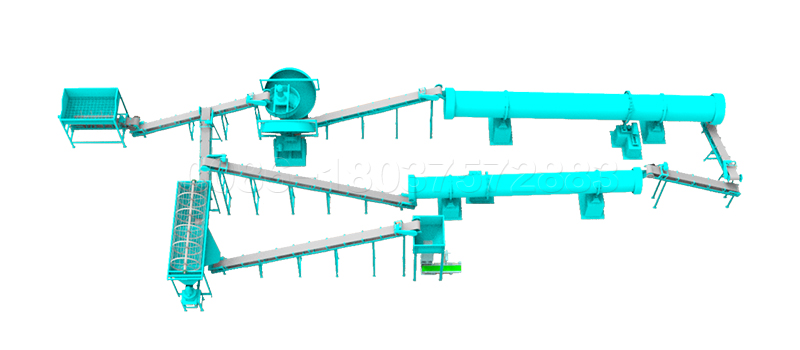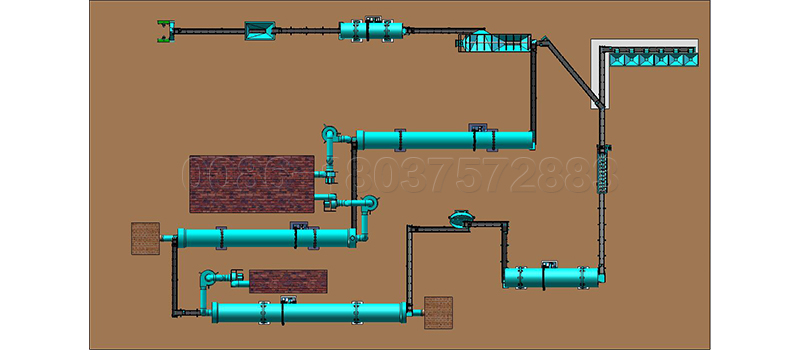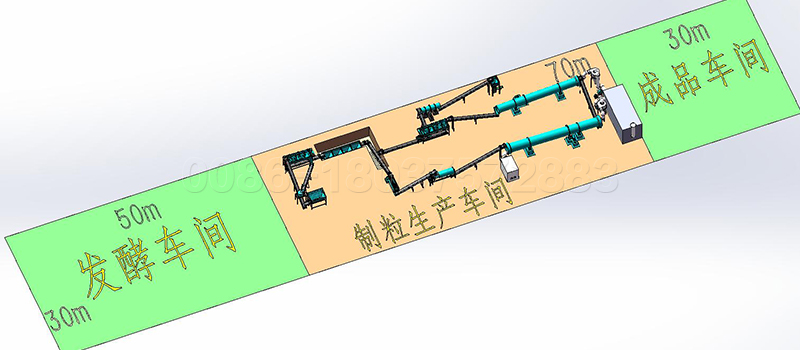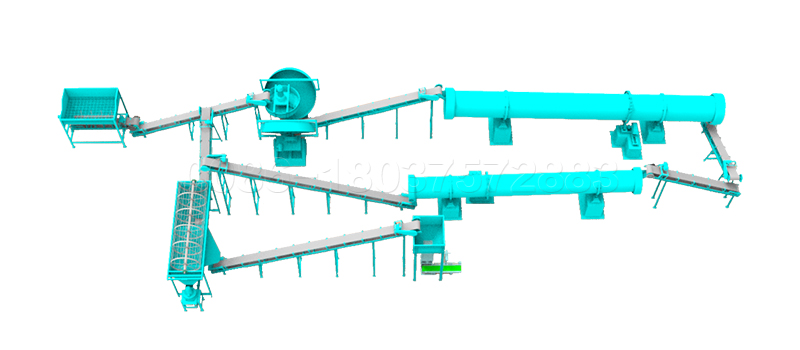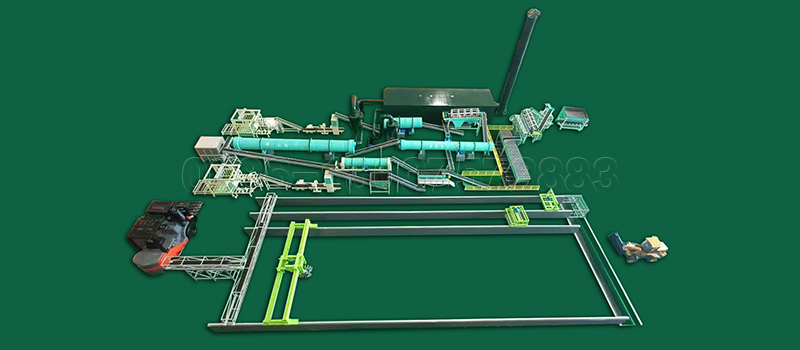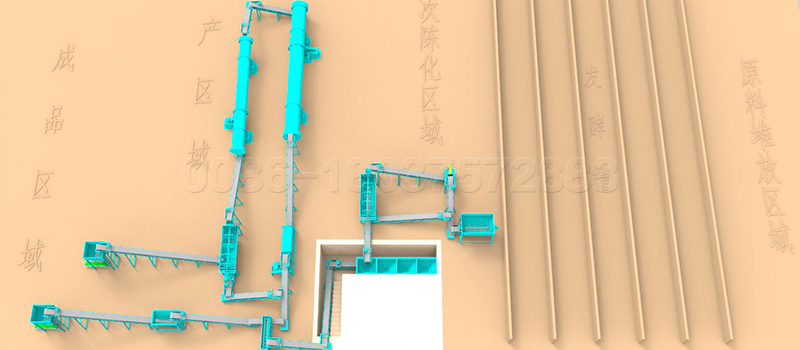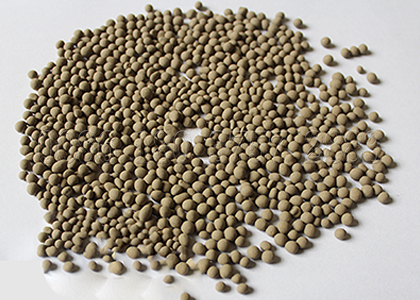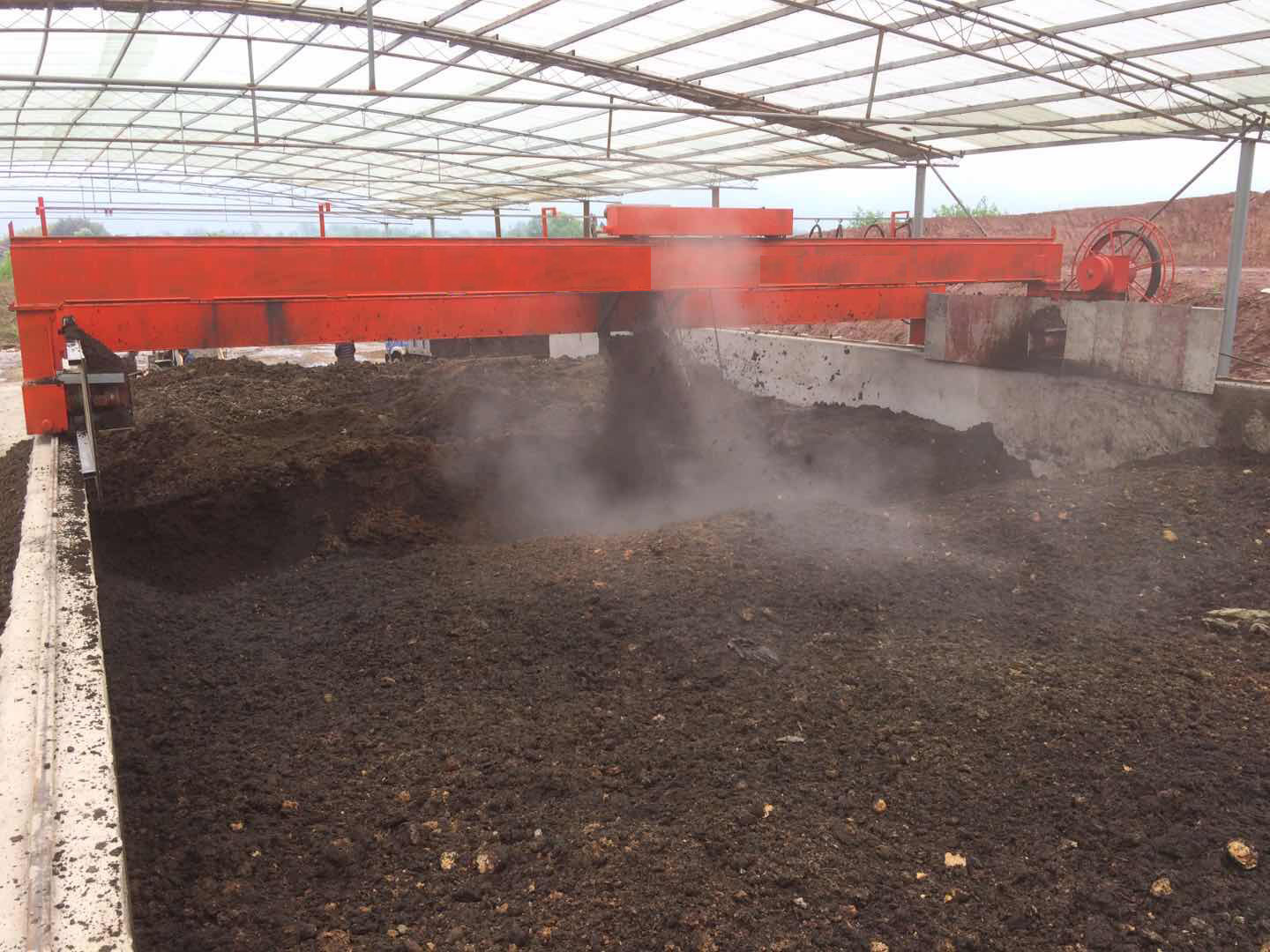Fulvic acid is a small molecular substance formed by a series of decomposition and transformation of animal and plant remains. Soluble in alkali, acid and water. The Yellow rot of the company is straw extract.
Water retention
Fulvic acid is a kind of colloidal organic matter. It can loosen the soil, absorb water, humidify the air, maintain water, prevent drought, make the soil have good water, gas and heat conditions, and is suitable for seed germination and seedling growth.
II improved saline alkali land
Fulvic acid has small molecular weight and high activity. It can adsorb harmful cations in soil, so as to reduce the concentration of salt in soil, reduce the harm of salt to seeds and seedlings, and improve saline alkali soil.
III drought and cold tolerance
1. Spraying fulvic acid on plant leaves can close plant pores and reduce plant water transpiration.
2. Fulvic acid has a dark color, which is conducive to absorbing solar energy; Fulvic acid releases heat through microbial decomposition, which can increase the ground temperature and play a role in cold resistance.
4、 Pest control
Fulvic acid can increase the activity of enzymes in plants and increase the stress resistance of plants.
5、 Prevent heavy metal pollution
Fulvic acid participates in the ion exchange reaction in soil, which can adsorb heavy metal ions in soil and prevent them from entering the biological cycle.
Vi. improve fertilizer efficiency
1. Nitrogen fixation: nitrogen is applied to the soil, which is easy to volatilize into the atmosphere or enter the river with water and soil loss. Fulvic acid can absorb nitrogen in soil, reduce its volatilization and loss, and improve utilization rate.
2. Phosphorus removal: phosphorus is applied to the soil and is easy to be fixed by the soil. Fulvic acid chelates with phosphorus, which can release phosphorus from soil, can be used for plant absorption and improve phosphorus utilization.
3. Active potassium: potassium in soil mostly exists in the form of potassium and cannot be directly absorbed by crops. Potassium utilization.
4. Micro fertilizer: fulvic acid can react with insoluble trace elements to form humic acid chelating elements with good solubility, which can be absorbed by crops, so as to absorb trace elements in roots and leaves.
VII. Promote crop growth and development
Fulvic acid stimulates root growth and finally improves the ability of crops to absorb water and nutrients.
2. Fulvic acid stimulated the growth of vegetative parts in the upper part of the plant. Plant height, stem diameter, leaf thickness, etc;
3. Fulvic acid has a good effect on tillering, reducing sterile grain rate, increasing grain weight and grain volume.
Ⅷ adjust soil pH fulvic acid has a variety of functional groups, which can combine with acid and alkali, and can adjust soil pH according to crop needs.


